Common name: West African Dwarf Cichlid
Scientific name: Nanochromis transvestitus
Max size: 1.3” / 3.4 cm
pH: 4 -7
Temperature: 75 – 80°F / 24 – 27°C
The West African dwarf cichlid is a sensitive little gem. It is very beautiful but can not be recommended to anyone but an experienced fish keeper since it is sensitive and sometimes very aggressive. It originates from the Mai-Ndombe Lake in the Congo system in West Africa. The Mai-Ndombe Lake is also known as Lake Leopold II. This is a black water lake with very acidic water.
This species is as mentioned very aggressive despite its small size and it can be hard to keep more than on male in the same tank. If several males are kept in the same tank the dominant male might end up killing the other males. If you want to keep more than one male you will need a large aquarium that is decorated in a way that forms good natural territorial borders. Each male needs a territory that is at least 2×2 ft (60×60 cm). If the depth of the aquarium is less than 2ft (60 cm) you might still be able to keep more than one male in your aquarium but each male might then take territories that are around 3 ft (90cm) x the depth of the tank.
This is one of the few cichlids where the female is more colourful and considered more beautiful and than the male.
This species can be kept in brackish water as well as freshwater.
Aquarium setup
The West African dwarf cichlid is sensitive to poor water quality and it is therefore very important to keep the water clean and the water quality high. They require a relatively large aquarium in comparison to their small size and I do not recommend keeping them in aquariums that are smaller than 25-30 gallon (120-150L). The size of the bottom area is more important that the water volume and they can therefore be kept in lower aquariums that are smaller than the above recommendations as long as the bottom area remains at least 3x 1.5 ft / 90 x 45 cm. (Provided of course you are able to keep the water quality stable in a smaller aquarium.)
West African dwarf cichlid need an aquarium that contains a lot of hiding places among bogwood, caves and rocks. Caves can be made by putting stones together as well as from coconuts and small clay pots. The aquarium should also have densely planted areas. It is recommended to plant low growing plants next to the entrance to the caves. This seems to make the fish feel more at home and safer.
The West African Dwarf Cichlid is best kept in acidic water and tolerates pH 4-7. Ideal pH for keeping and breeding this species is around pH 5. It prefers soft water and a temperature of 75 – 80°F / 24 – 27°C. This cichlid likes “old water” and as long as you can maintain high water quality you don’t need to change more 10-20% of the water each week. Keeping them in brackish water eliminates the risk of ich that otherwise is a common disease in this species.
Feeding West African Dwarf Cichlid – Nanochromis transvestitus
This species can be a picky eater and some specimens only accept live food. Most specimens will however accept frozen food as well. Some but not all can be trained to accept freeze dried and even flake food. They prefer small food. Try to feed them often; I recommend 4-5 times per day if possible. It is important to give them a varied and nutritional diet.
Sexing West African Dwarf Cichlid
This species is easy to sex as the males and females look very different. Females are smaller and more colorful. They have a red belly and a black and white stripe on the tailfin They also show some patterning on the edges of the dorsal and anal fin. Males are larger and have no pattern on the anal fins. The only pattern on the males is stripes that run across the body and onto the dorsal fins.
Breeding West African Dwarf Cichlid
This species is relatively hard to breed and if they breed it is hard to raise eggs and fry. The first thing you need to successfully breed the West African dwarf cichlid is a suitable pair. The best way of obtaining one is to let a group of juveniles grow up together and from pairs and then move one pair to a breeding aquarium. It is however often possible to simply get a male and female and have them pair up.
Water conditions are very important when breeding West African dwarf cichlids. The water quality needs to be high. The pH should be close to 5 and the water should be extremely soft. They might spawn in other conditions but the eggs need these conditions to hatch.
West African dwarf cichlids spawn in caves so it is very important to provide them with suitable small caves. If they don’t like any of your caves they might dig their own. The spawning is preceded by the normal African dwarf cichlid mating behaviour. Each spawning results in a low number of eggs, usually below 70. The male guards the area while the female takes care of the eggs and fry. The time it takes for the eggs to hatch depends on the temperature but between 2-5 days is normal. The fry become free swimming about a week after they hatch. The fry can be feed newly hatched brine shrimp as soon as they have consumed their yolk sack. They grow quickly.






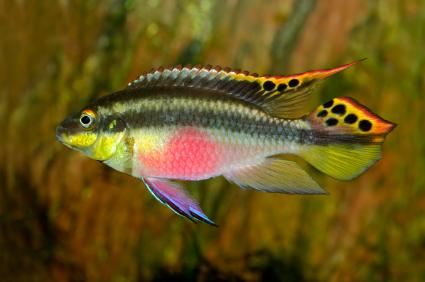
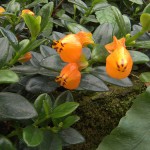
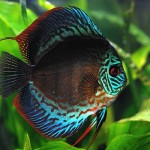

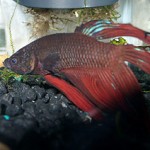
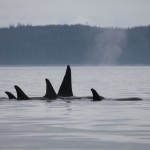





Leave a Reply